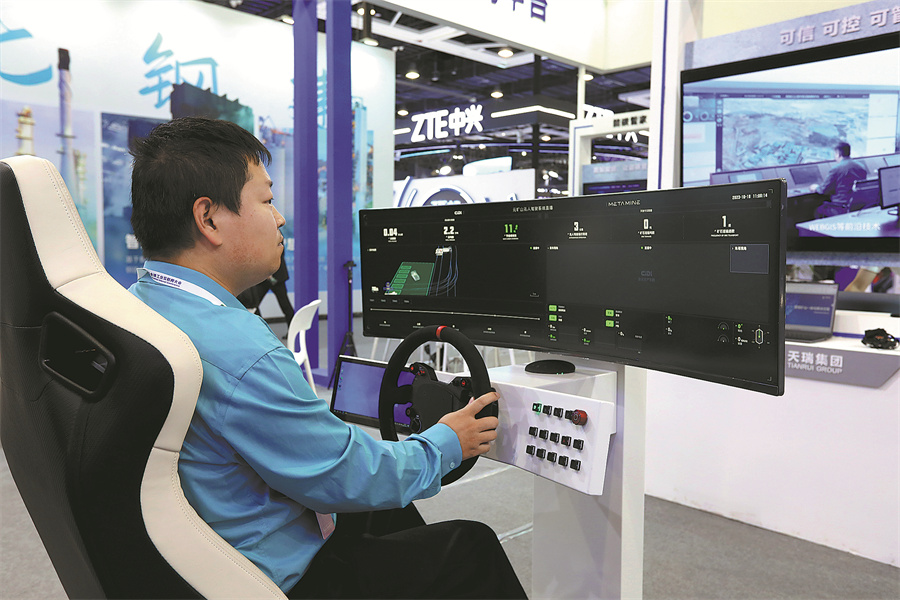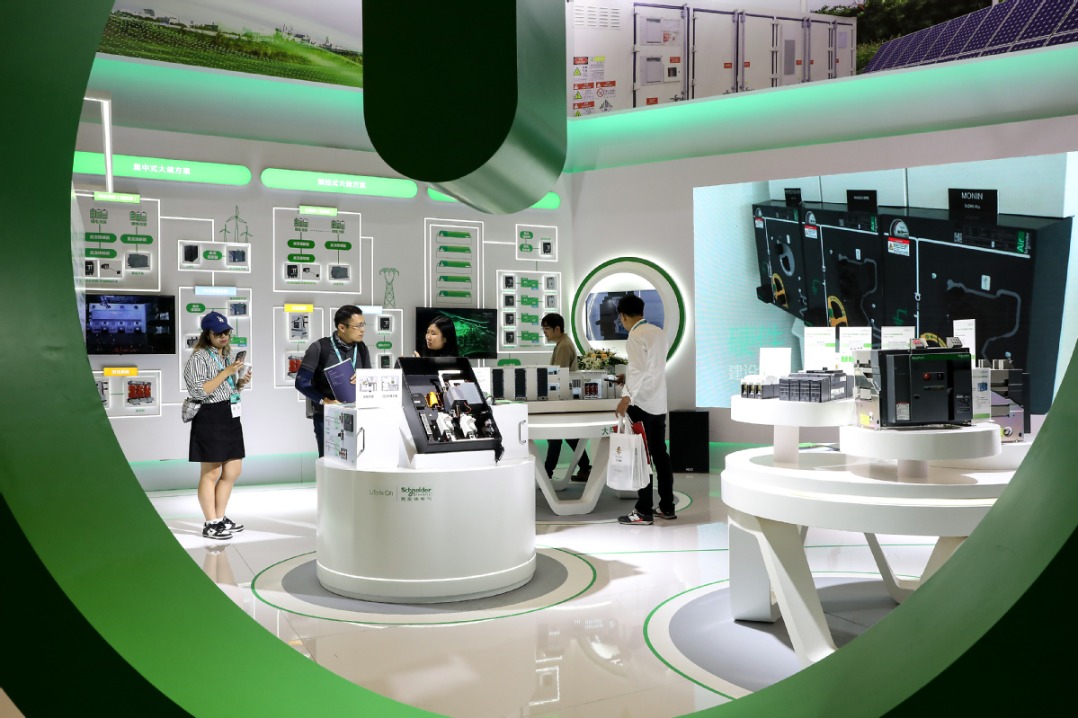Fresh priorities define 'future industries'
'New productive forces' gain currency as drivers of high-quality development
By CHENG YU | CHINA DAILY | Updated: 2024-02-26 07:48

Productive services refer to sectors and technologies primarily designed to enhance traditional manufacturing, such as cloud computing, financial and legal advice.
"If you have a large manufacturing sector but the proportion of productive services is low, you can only produce middle- to low-value manufacturing products," Huang said.
"We are able to manufacture the latest equipment for the 5G network, but we cannot make use of it. This is like building a port but having no one to run it, fixing a road but having no cars," he said.
The remarks of both Wei and Huang delineate what new productive forces are and stress that the key to developing them lies in the development of future-oriented industries.
In an interview last month, Jin Zhuanglong, minister of industry and information technology, highlighted the need to develop new productive forces and coordinate technological innovation, large-scale development and application scenarios.
Artificial intelligence, humanoid robots, metaverse, next-generation internet, 6G, quantum information and deep sea, deep air and deep space figure among China's new priorities for future-oriented industries, he said.
"China's blueprint for future industries is becoming clearer this year. Fields like brain-like intelligence, quantum information and genetic technology will likely gain greater support," said Luo Zhiheng, chief economist of Guangzhou-based Yuekai Securities.
"Future industries may enter a new phase as detailed policies or action plans are expected from various ministries and commissions concerned," Luo said.
Till the end of January, all provincial-level regions had unveiled their growth targets for 2024 in local government work reports. Besides the usual economic goals, the development of new productive forces has become a common goal for them this year.
Guangdong in South China, for instance, said it will ramp up efforts to boost new productive forces in industries like integrated circuits, new energy storage and commercial spaceflights. It also plans to foster future industries like 6G technology and humanoid robots.
East China's Anhui province, which is known as an emerging center for technological innovations, said it will drive new industrialization and build an internationally competitive advanced manufacturing cluster this year, besides focusing on the development of emerging sectors like new energy.
Pan Helin, co-director of the Digital Economy and Financial Innovation Research Center at Zhejiang University's International Business School, said the reason why new productive forces are high on the agendas of local governments this year is that China has sent a clear signal that it will veer toward a growth model focused on "quality "over "quantity".
























